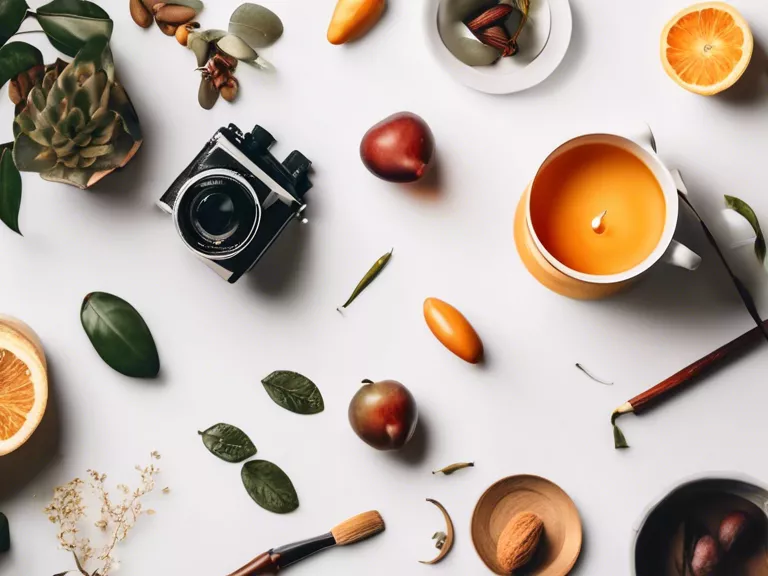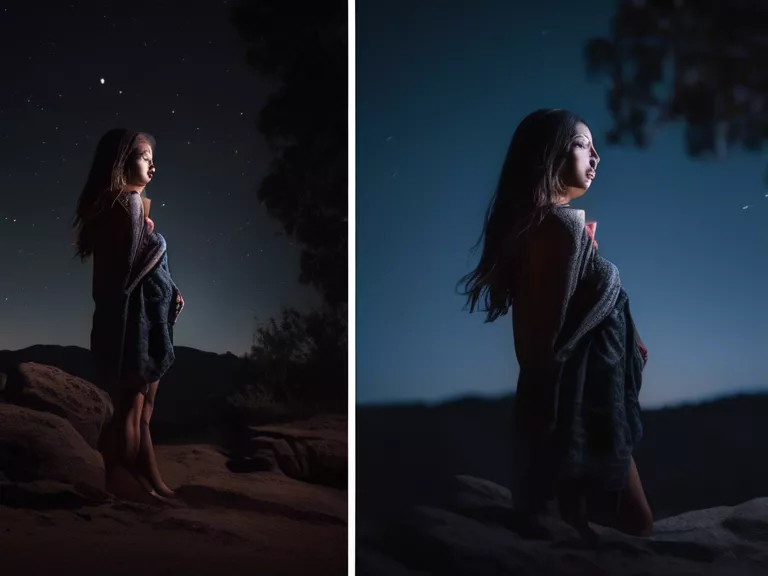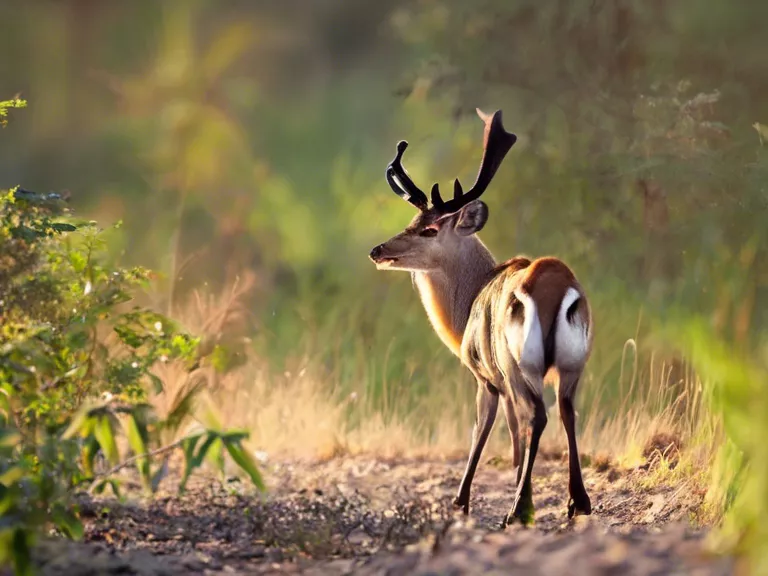
Photography filters are a great tool for photographers looking to add creativity and uniqueness to their shots. Whether you’re a beginner or more experienced, using photography filters can take your images to the next level. In this beginner’s guide, we will explore the different types of filters available and how to use them effectively to enhance your photography.
Types of Filters:
UV Filter: A UV filter is primarily used to protect your camera lens from dust, dirt, and scratches. It also helps reduce the bluish cast that can occur in outdoor photos.
Polarizing Filter: A polarizing filter helps reduce glare and reflections from water or glass surfaces. It also enhances color saturation and contrast in your images.
Neutral Density Filter: A neutral density filter reduces the amount of light entering your camera lens, allowing you to use slower shutter speeds or wider apertures in bright conditions. This is great for capturing motion blur or creating a shallow depth of field.
Graduated Filter: A graduated filter is perfect for balancing exposure in landscape photography. It darkens the sky while keeping the foreground properly exposed, creating a more evenly lit image.
Creative Filters: There are also a variety of creative filters available, such as color filters, soft focus filters, and star filters, which can add unique effects to your photos.
Using Filters:
When using filters, it’s important to remember to keep them clean and in good condition to avoid any distortion or unwanted effects in your images. Experiment with different filters and combinations to see what works best for the look you’re trying to achieve. Don’t be afraid to get creative and think outside the box when using photography filters.



